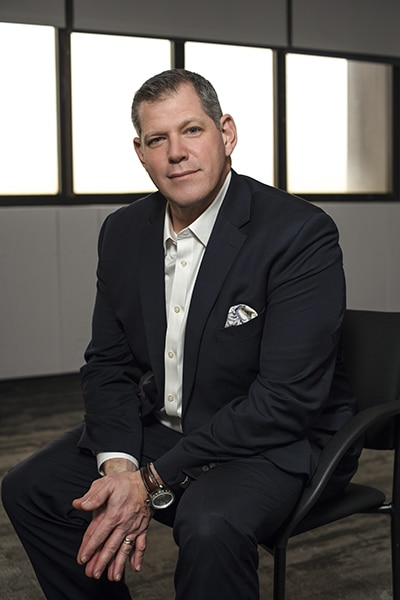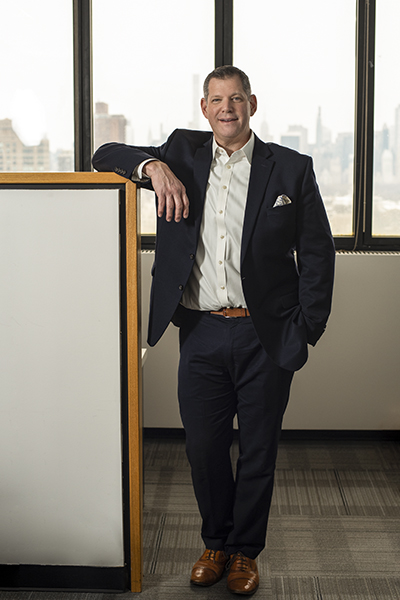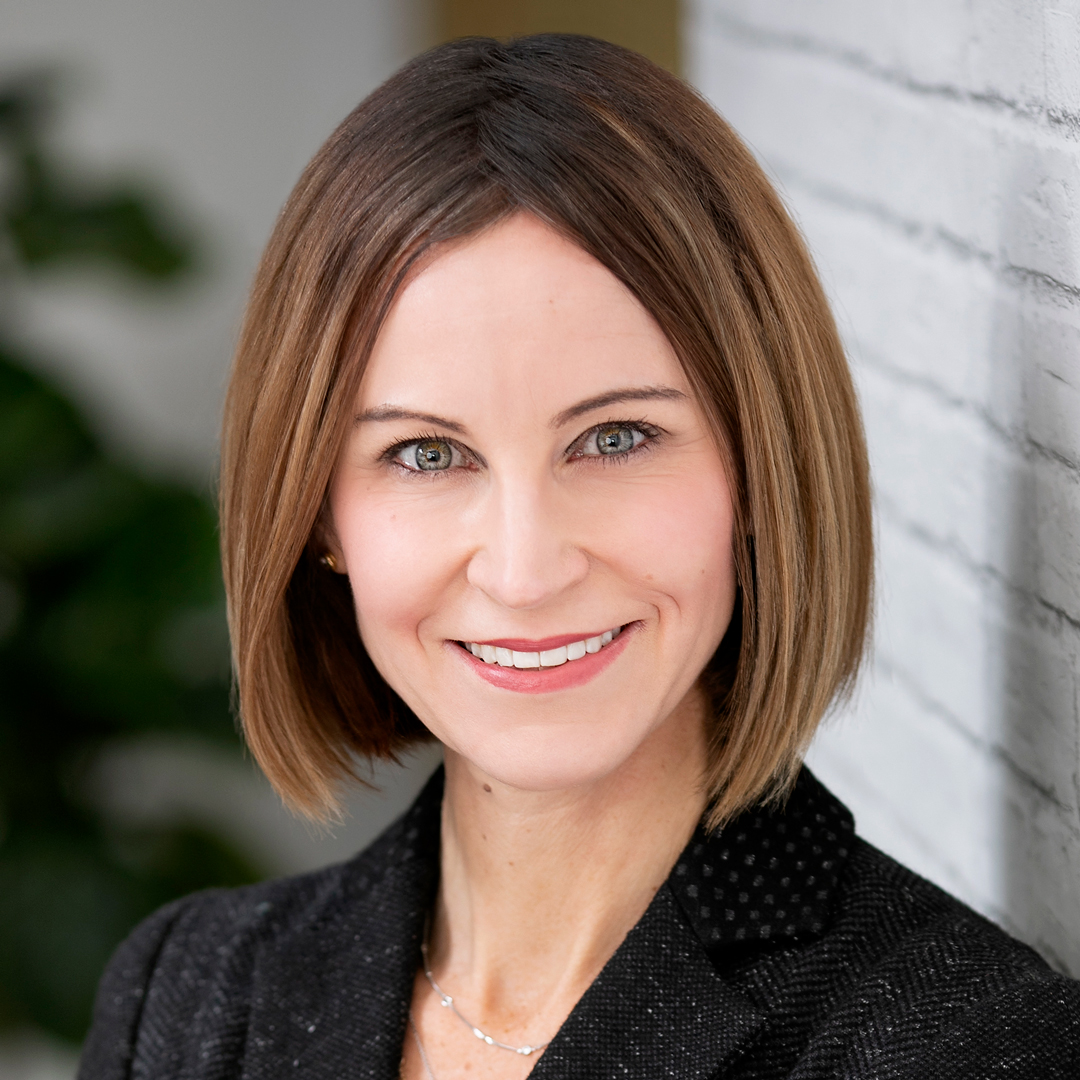|
Getting your Trinity Audio player ready...
|
Mike Berger describes himself as “always being an efficiency guy.” He’s always trying to build great process into everything he does. He studied industrial engineering in college and after graduating, went into consulting, where he was hired to improve processes in companies. Fast forward to today, he’s doing the same thing with data and analytics—the ultimate tools to improve the speed and accuracy of decision-making.
“I was in that mode for a good ten years and was good at putting in systems and applications that would help companies become more efficient,” Berger notes. “At the time, there wasn’t much thought about improved decision-making from analytics.”
By 2009, Berger made a switch to the healthcare space, running a reporting team for North Shore-LIJ Health System. He started building dashboards and showed them to leadership at the hospital. The feedback the leadership team provided, however, would change his trajectory.
After showing off the dashboards, the hospital leaders practically laughed him out of the conference room, saying Berger and his team had “no idea what actually happens in the hospital.” Fortunately, one motivating leader invited Berger to join her on rounds to get him out of “finance thinking.” More importantly, it allowed him to see exactly what healthcare workers face on a given day, which in addition to working with patients, includes working with hacked together Excel spreadsheets and an almost complete lack of information to make decisions.
“This is where they are delivering patient care and it seemed totally broken,” Berger recalls. “I had my ‘a-ha’ moment and thought that’s where I need to get involved. I want to help those people.”

He left finance and moved into a more centralized IT role around 2011, building North Shore’s data strategy and learning everything he could about modern data platforms. Berger ended up taking a position with Geisinger Health System, running their enterprise data warehousing and analytics competency center, which he notes was far ahead of its time, having been on Epic for over eighteen years at that point.
“They had some good reporting and analytics, but they didn’t know how to modernize,” he recalls. “This was a great opportunity for me to see what high-performing analytics looks like and it convinced me that I needed to get deeper into data science if I was going to help my organization truly unlock the value of analytics.”
So, Berger headed back to school, earning a master’s in data science from NYU’s Stern Business School. At the same time, he joined Mount Sinai Health System when they were looking for someone to deliver analytics for their newly formed population health division, which would manage risk on hundreds of thousands of lives.
“Over the past five years now, I’ve been heads-down in the data science and engineering space,” he explains. “I now understand the technology and the methodologies; but most importantly, I’m focused on how to improve decision-making on the front lines of healthcare, whether it’s decisions about a patient, a bill, a business investment, or even something larger.”
That’s the key focus of his role as chief data and analytics officer and vice president of enterprise data and data science.
“If everyone is making great decisions, you’re going to make money and achieve your mission,” Berger says. “The question we ask all the time is ‘How do we help decision making?’ and, more so, ‘How do we do it at a really high level?’”
A major focus of Berger’s teams is to use data to better improve the health and wellness of his patients by understanding how to incorporate an understanding of the social determinants of health into people’s care. He explains that a person’s health comes from genetics, from how well they are managing their chronic conditions by seeing their physicians regularly and PCP annually and adhering to their medication, as well as their engagement to take care of themselves through diet and exercise.
“If you’re going to have a mission of really helping people be well instead of just fixing them when they are sick, you better understand their social situations.”
Research now shows, however, that if people are experiencing social determinants like housing insecurities or food disparity, then their ability to manage clinical conditions like diabetes or mental health are almost always far down on their priorities.
“These social detriments are extremely important. If you’re going to have a mission of really helping people be well instead of just fixing them when they are sick, you better understand their social situations,” Berger explains. “Do they have literacy issues? Do they have a way to get to a doctor or clinic if they need help? If you don’t come up with a plan to collect this information, understand it, and fix it, you will have a hard time effecting the right patients.”
Thanks to Berger’s data, Mount Sinai is able to better track the marriage of clinical information like procedures and diagnoses with their specific social determinants of health to build an effective and holistic method of prioritizing who needs help.
Connecting clinical intelligence with diagnoses also helps Mount Sinai understand and quantify reimbursement and care gaps, where a natural language processing-driven risk adjustment solution from Health Fidelity supports their efforts. Adam Gronsky, chief innovation officer at Health Fidelity, notes, “Mike recognized the power of NLP to improve coding accuracy at scale, but also saw its potential for unlocking previously untenable insights. He’s always looking to expand and develop new ways to apply our solutions to support the population health mission at Mount Sinai.”

Data is helping enhance population health outcomes, though Berger still calls it a “number’s game,” and his team continues to work with Health Fidelity to improve its prioritization and outreach approach to help understand who might have acute issues, and the factors driving those.
“We work with a team of nurses and social workers to outreach the patient, even when they don’t know who we are, but we know who they are and we care,” he explains. “We are going to share the data and try to get them motivated and engaged in managing their health and wellness and hopefully fix some of their issues.”
Part of being in a risk-bearing relationship like this, Berger adds, is to serve as “the angel on their shoulders” and make sure the data is being used for the betterment of whoever needs help. If a patient has a clear opioid addiction, for example, by looking at their longitudinal information, you could see they’ve gone to numerous emergency rooms in the past twelve months. That clinical history is telling of their situations and the dates of these visits are used to create a real-time picture of the doctor at the point of care.
“If it was just about saving money, that would be easy; you just close the network and make it really hard for them to access care. That’s a lot of what happened in the ’80s when HMOs first came out,” he says. “When CMS and some of these other advocacy groups started rethinking what risk-bearing value care looks like in the last decade, they set expectations around quality and patient satisfaction and incentivized doctors to properly care for patients.”
Looking forward, Berger expects to get even more precise with data to better predict which populations will have acute issues, as well as the types of interventions most likely to change the outcomes for the better.
“We are seeing a virtuous cycle of data as people see that clinical decisions can be better with more data,” he notes. “Health systems now want even more data—they want to know about the patient when they’re not at the hospital or not in the doctor’s office. We’re seeing a lot of advancements in remote patient monitoring or the Internet of Medical Things, and the fact that we are a risk-bearing entity incentivizes us to keep the patient well. Data is making this all possible.”
Accenture is a global professional services company with leading capabilities in data, analytics, and cloud. Combining unmatched experience and specialized skills across more than forty industries, we offer strategy and consulting, interactive, technology, and operations services—all powered by the world’s largest network of advanced technology and intelligent operations centers.

